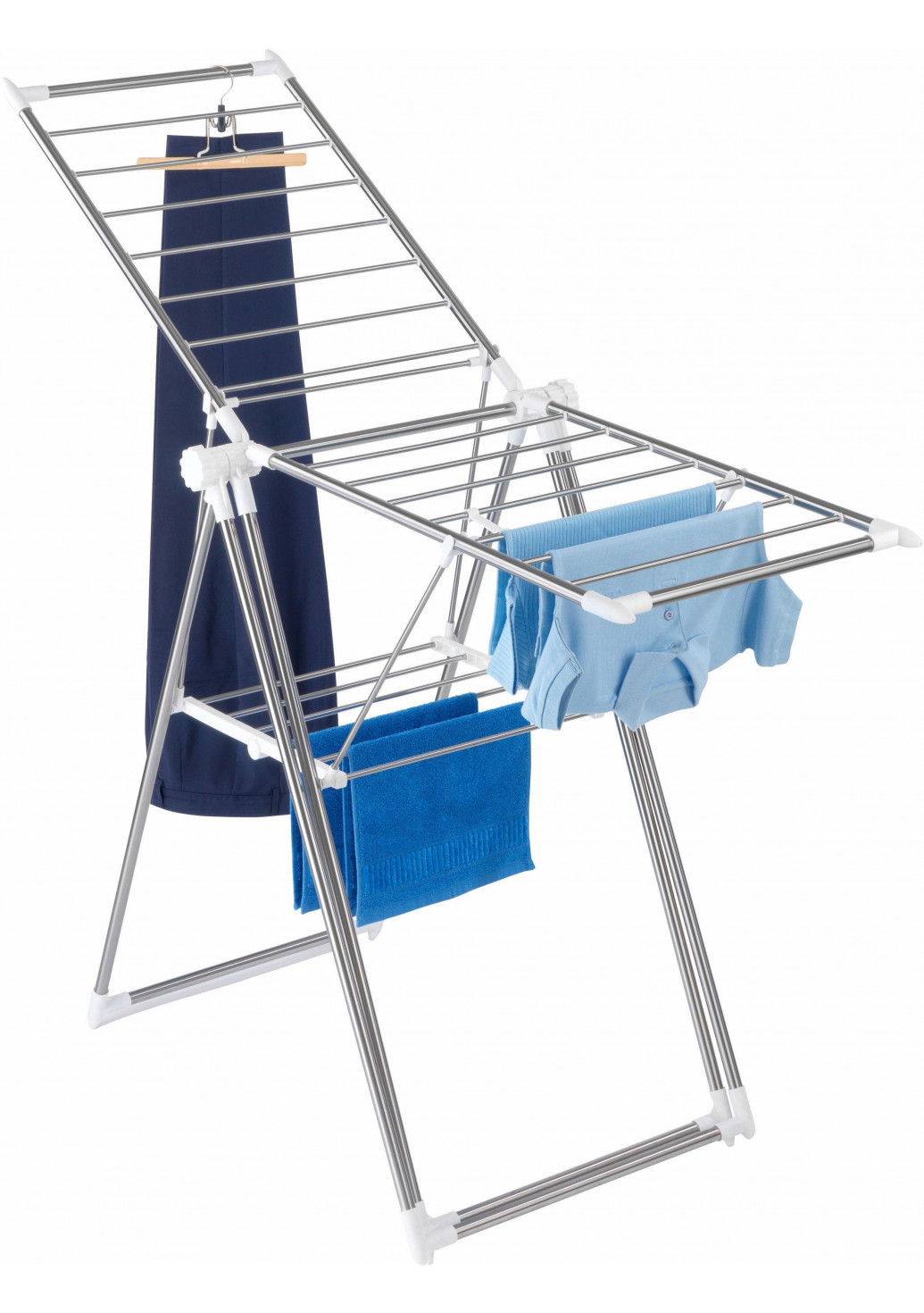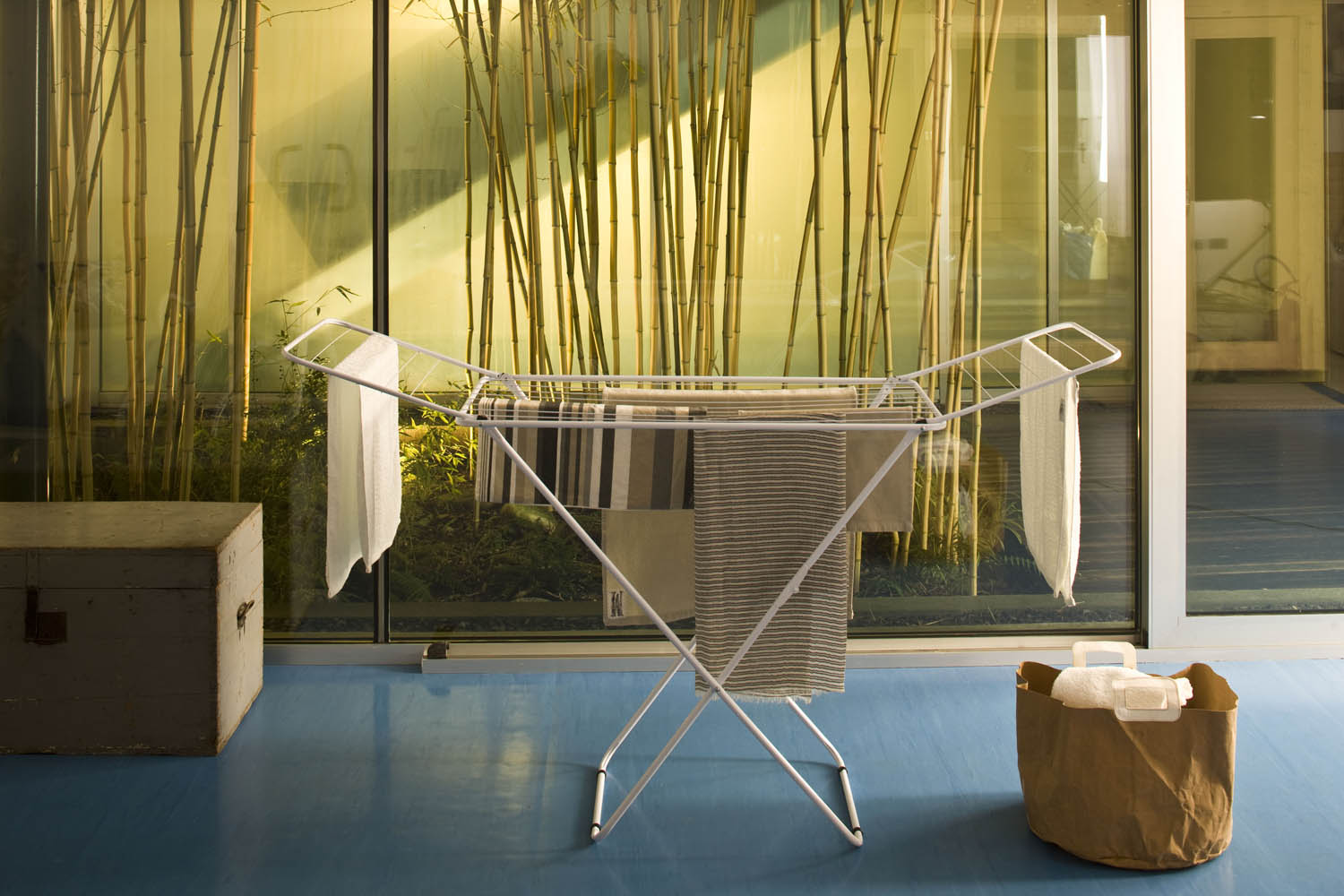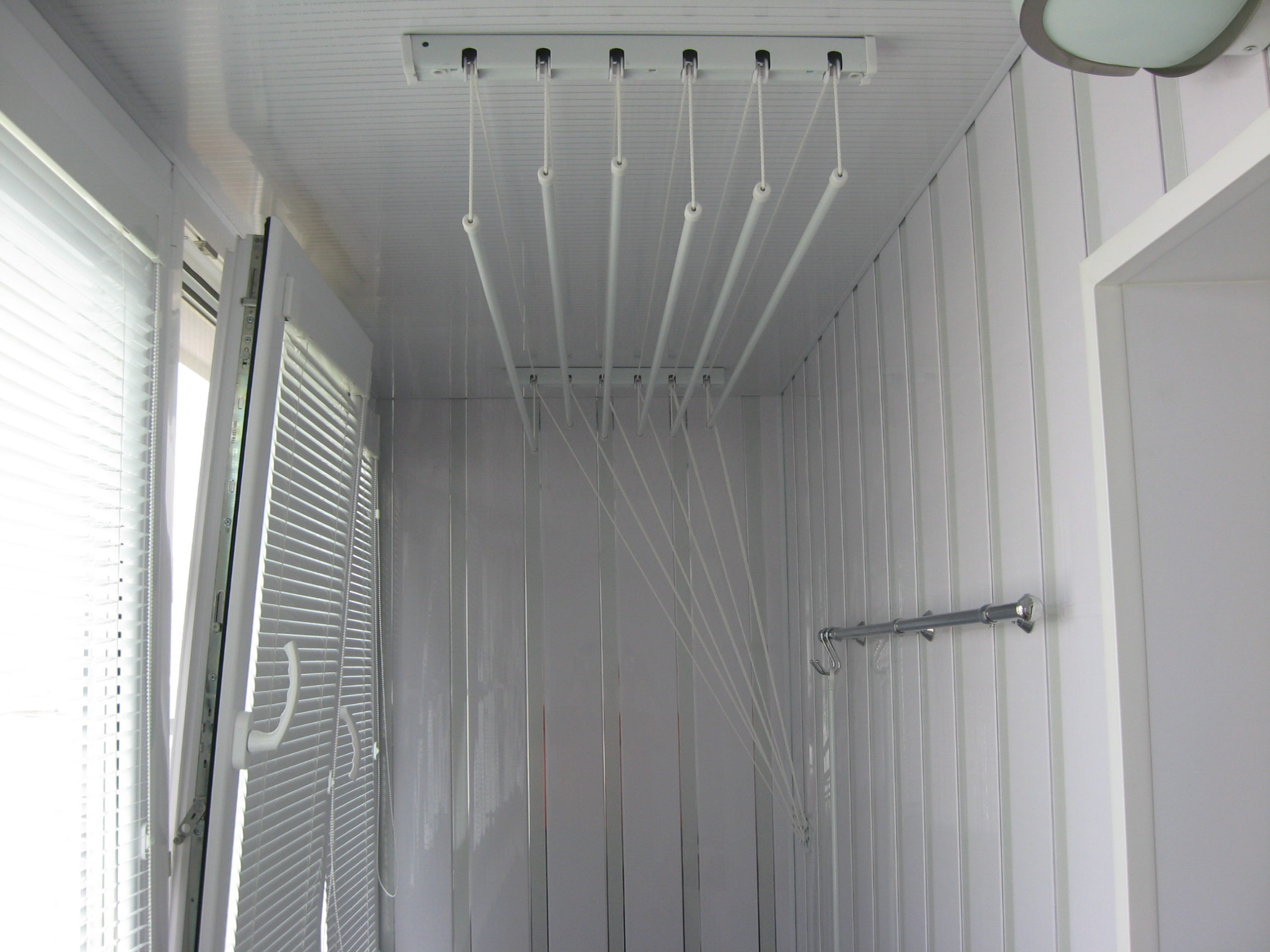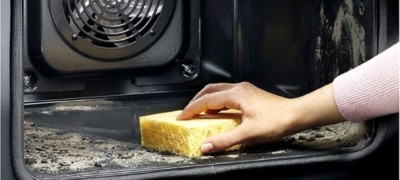Description Lianas for drying clothes on the balcony
Unfortunately, we have to wash and dry our clothes regardless of the weather conditions. And if you have a closed loggia at your disposal, then problems are minimized. And how to dry your clothes if there is no balcony or loggia in your apartment? Then a tumble dryer will come to the rescue.
Selection principles
Before you run to the store for the dryer, answer yourself a few simple questions:
- How often do you plan to use the dryer.
- What size and weight of laundry you want to dry on the structure.
- Construction type, room dimensions and ventilation system.
- Drying method for laundry.
- The material from which the body is made.
- Construction cost.
The assortment offered today guarantees a worthy choice for any conditions and circumstances.
Material
The service life and design convenience directly depend on this parameter.
Aluminum
Models made of this material are lightweight and affordable. The only caveat: aluminum reacts with water. In the absence of a durable oxide coating (film), the body will darken over time and there will be a risk of staining the laundry.
Steel
Distinctive features of products made of this metal are strength, lack of interaction with water, and, as a result, long-term operation of the structure.
Plastic
The main disadvantage of plastic structures is their small size and limited weight that they can withstand. So, they will be useless if you constantly have to dry bulky bedding sets, blankets and blankets at home.
Wood
Wood is not the most suitable material for dryers, therefore, models made from this material are most often used as a must-have addition to the interior, precisely kept in a certain style. Therefore, such a dryer is more a decorative element than a functional thing. Well, in order to extend the service life, the structure is covered with special compounds.
Combined
Most often it is a "tandem" of steel and aluminum. Thus, a balance is achieved between strength, quality and cost.
How it works
The principle of operation depends on the characteristics of the device. So, a distinction is made between conventional and electric models.
The conventional ones are portable designs that closely resemble ordinary clotheslines. They are successfully used both in limited square meters of an apartment, and on the street (on a loggia or veranda).
Electric models are ideal for use during the cold season.They have a racks heating function, so the laundry dries much faster. According to the purpose, dryers are divided into several types.
Ceiling
Such models will require serious installation efforts, since the structure is attached to the ceiling using special clamps. The height of the linen is adjustable depending on the size of the dryer.
The Liana ceiling dryer is one of the most popular models.
Wall mounted
Such models are used on balconies and even in bathrooms. The structure is attached to the wall and looks like an accordion. When it is free of laundry, it folds up and takes up a minimum of space, which is very convenient for small bathrooms, and in the unfolded version it can withstand loads from 2.5 to 10 kg.
It will perfectly cope with the role of a towel holder. A kind of multifunctional device for the bathroom.
Hinged
These tiny devices are designed to be hung from a radiator, door or other surface.
Only very light items of your wardrobe will withstand. Easy to clean after use.
Magnetic
These models are not very practical, since they have very modest dimensions, they allow you to dry only underwear and it is not always possible to find a place to attach them - a metal surface is required.
For bathroom
There are designs that are installed directly on the bath. For example, a triangle dryer is attached to the sides in such a way that the laundry is exactly above the bathtub. After drying the laundry, the structure is folded up and removed. It is very convenient when you have to dry things without spinning, and you need to allow excess moisture to drain.
Also, snake dryers or wall rods are installed in the bathroom. They can be electric, water, combined. Wall mounted dryers are wall mounted and act as heated towel rails.
For electrical models, it is important that there is an outlet nearby. Water models are connected to the outlets from the riser and filled with hot water. Combined electrically conductive structures are filled with water, they have a heating function, which is especially appreciated during the period when the heating is turned off.
Floor standing
These dryers are perhaps the most popular. Outwardly, they resemble ironing boards.
Mobile structures are very light, they can be placed in any room, and even, if necessary, taken out into the street. They are equipped with a convenient folding mechanism so that they can be removed after use and they do not take up much space during storage.
Dryer for clothes "Liana"
This type of tumble dryer is especially popular. And it is no coincidence.
Here are just some of the advantages of the model:
- After drying, there are no traces left on things, such as from thin lines or ropes, which are then very difficult to smooth out with an iron.
- Ease of maintenance. This structure is very easy to maintain in a decent condition, just wipe it down with a damp cloth. And during use, you can be sure that there will be no dirty marks on the laundry.
- Compactness. These dryers can be mounted high enough, so that when folded, "Liana" will be barely noticeable, and even with the laundry hung on it, it will not cause you any inconvenience.
- Resistant to heavy loads. One tube can withstand a load of up to 2.5 kilograms. If you comply with this condition and do not hang things of a larger mass on separate tubes, then the dryer will serve you for many years, will not deform or break.
- Ease of use. The system works like an elevator: by lowering the planks to the level you need, you can quickly and conveniently hang things up for drying, without even getting up on a chair. After the laundry has been hung, the bar is raised to the desired height.
- During operation, the tubes are lifted alternately, which reduces the load on the hands and facilitates operation.
- It is possible to arrange the tubes in a cascade, in this position things dry much faster.

Unfortunately, as with any design, there are weaknesses in the Liana tumble dryer:
- According to numerous reviews, the ropes pop out of the rollers, so they need to be tied up by hand to avoid any unpleasant surprises.
- Plastic parts are short-lived and break, and, as is usually the case, at the most inopportune moment.
- Correct installation is very important. Otherwise, the structure will quickly fail.

Design features
The Liana dryer is available in wall or ceiling design and consists of a few simple parts:
- One pair of roller metal holders;
- Metal or plastic tubes used to dry wet laundry;
- Fastening brackets;
- Consoles (depending on the model, ceiling or wall);
- Ropes (or strings);
- Caps.
The number and length of plastic (metal) cylinders may vary depending on the model. So, the length of the tubes varies from 0.5 to 3 meters, and their number in an average dryer is usually 4-5. Each tube is equipped with two ropes of different lengths. A long section goes through one roller, and both long and short cords pass through the other.
The entire structure is attached to wall (or ceiling) consoles, which are a kind of base for the device. Caps are attached to the ends of the ropes, thanks to which the tubes can be raised or lowered to the desired level.
When installing, be sure to take into account the minimum permissible distance from the floor - 1.2 meters. And remember, not all design details can be replaced with a “light movement of the hand”. For example, if a roller breaks, then the entire guide or even the whole structure will have to be replaced.
Recommendations for the installation of the dryer "Liana"
In general, the installation process is not complicated. The main thing is not to rush, to allocate time to study the instructions and then with feeling, sensibly get down to work.
You will need:
- Perforator. If not, you can use an electric drill. You will need to drill several holes in the wall or ceiling. At the same time, the depth of the holes should be such that they penetrate not only through the finish, but also through the base of concrete or other finishing material.
- Roulette and pencil. Using a tape measure, you will take the necessary measurements, and with a pencil mark the attachment points of the structure.
- Fasteners. Most often they are sold complete with a dryer.
- Cordless screwdriver (or conventional screwdriver).
- Knife.
- Dowels and screws.
A section of the wall or ceiling is cleaned of dust and dirt. Metal holders are applied to the surface and the attachment points are marked with a pencil.
Remember that the distance between the holders equals the size of the tubes. Holes are drilled in the designated places. The wall (ceiling) consoles and the control bracket are attached with self-tapping screws.
Next, the ropes are passed through the roller in the right holder. The longer cord is additionally passed through the roller on the left holder. And the ends of the ropes are threaded through the fastening caps on the control bracket.
The Liana clothes dryer is a worthy solution to your problems. With careful use, the structure will last for many years. And you can easily install it yourself, the main thing is to follow the instructions exactly.
Tricks for buying and installing the Liana dryer





